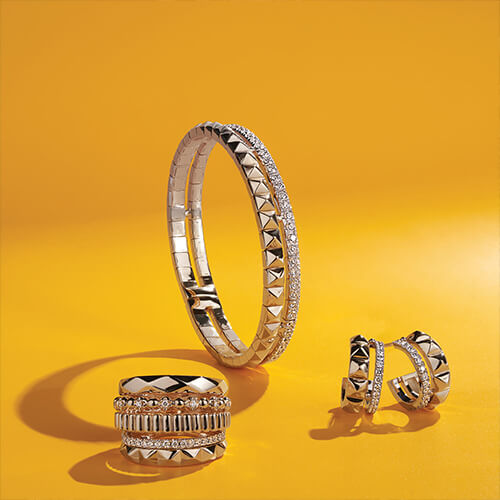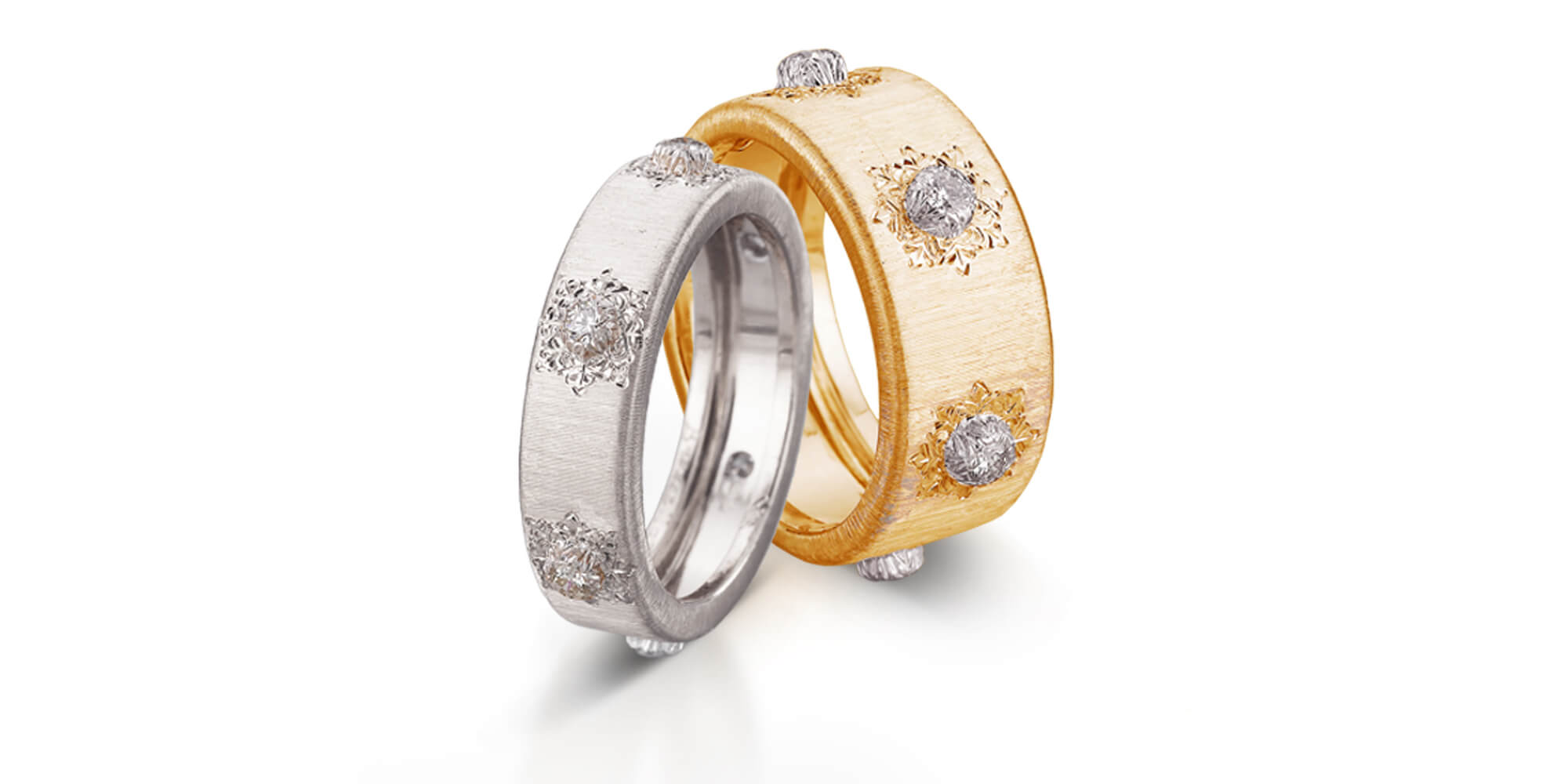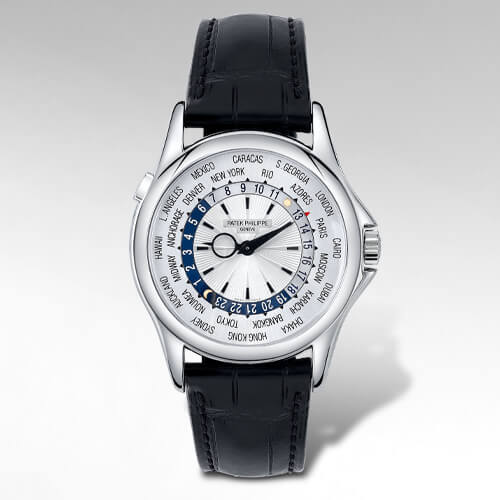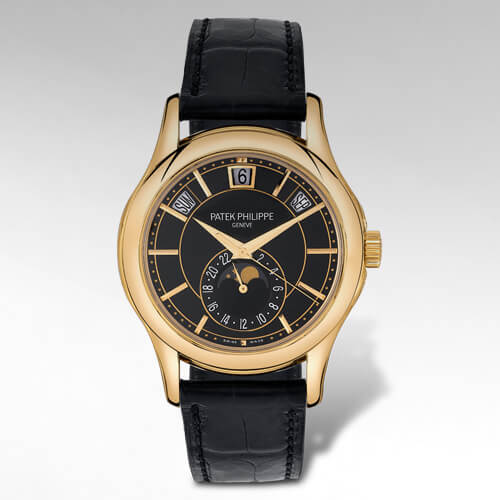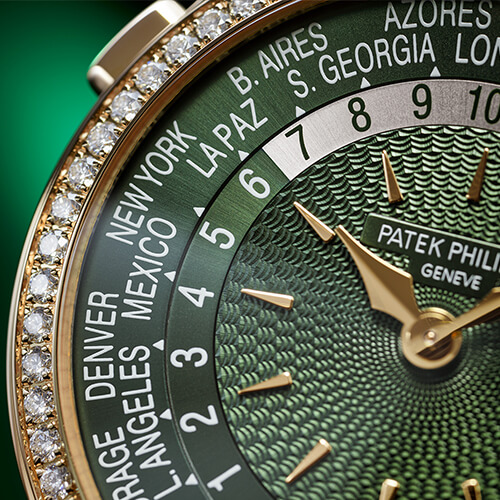Blog, News & Events
The History of the Patek Philippe Seal
By Michael A. Fratangelo
Patek Philippe stands for the high quality and reliability of its timepieces. I’ve written about the Stern family advancing mechanical watchmaking with real engineering solutions that matter – free of gimmicks. They remain steadfast in the founder’s pursuit of crafting the world’s finest watches that can only be achieved with extraordinary attention to quality.
But what does it mean to say that Patek Philippe timepieces are of the highest quality?
This question fueled Philippe Stern in establishing the Patek Philippe Seal. By taking an inward look at the practices already long established, this hallmark would not signal a new era of quality to come – but rather a reflection of the quality that always was.
I worked quickly to understand our credo – represented by the entwined double “P” – in order to educate inquiring minds on our uncompromised quality philosophy as the strictest hallmark of criteria in the industry.
Perhaps it’s a result of their association with high quality being so firmly rooted, that any discussion of where it originated doesn’t get aired frequently. But this was another milestone in the storied history of Patek Philippe. It was another moment where the brand went against the grain and staked a flag. Let’s take a brief look at a coveted hallmark that has been in place for 135 years – the one that started it all – the Geneva Seal. Still inscribed today, it can be found on the movements of several Swiss made watch brands including Vacheron Constantin, Cartier, and Chopard. Governed by an independent agency that carefully reviews each movement for consideration of receiving the designation.

City of Geneva coat-of-arms represents the Geneva Seal hallmark; forged out of a desperate moment to preserve Genevan quality and prestige. In the 19th century, quality timepieces crafted in Geneva already had a glowing reputation spanning the globe – so it’s no surprise what came next. As watchmaking flowed over the borders of Switzerland, manufacturers around the world began offering mediocre watches under the false pretense that Geneva was their place of origin. This was a major threat to the reputation of the Watchmaking Guild of Geneva.
In response, the Republic of Geneva established a law in 1886 to protect the Genevan origin and quality attributes against imposters, while proclaiming their supremacy over the watchmaking arts. Patek Philippe would serve as a fierce defender of this hallmark for well over a century, however despite all of its good, Patek Philippe always held itself to a higher premium. The Stern family felt the greater challenge was reaching their own benchmark rather than the narrower set of criteria imparted by the Geneva Seal.
In retrospect, this moment of moving away from this established mark seems blindingly obvious now. How could the brand responsible for supercomplicated pocket watches known lovingly as the “Packard” and the “Graves” – adhere to another institution’s definition of quality? Let’s consider for a moment why the Geneva Seal falls short in the eyes of Philippe Stern.


The overwhelming sentiment was that the Geneva Seal is far too limited in its consideration of quality. It is affixed to watches that fulfill two sets of requirements. The first rule is that the movements have to be manufactured – not only in Switzerland – but within the City of Geneva. The second rule mainly covers the finishing along with some technical points. The glaring issue here, in the eyes of Philippe Stern, is that only the movement is addressed, and yet there are so many elements that form a finished timepiece.
So what about the rest of the watch?
Isn’t a world class movement deserving of a case, dial, etc., produced with an equal measure of scrutiny?
Shouldn’t the standard of service for the life of the watch not be equally scrutinized as the very timepiece itself?
Although it would evolve slightly over time, the Geneva Seal hardly reflected the character that Patek Philippe was delivering to its customers, that quite frankly, had come to expect from them. After waiting patiently for many years for the bar to be raised, the Stern family would eventually take matters into their own hands and establish their own bar. This would begin with the exhausting task of taking apart every aspect of their production process and analyzing it. No operation would go unchecked.

Their hallmark is dynamic in that it guarantees the quality of all materials used. This includes a long list of metal alloys for movement parts, precious metals, precious stones for jewelry watches which are always of the finest quality. The cases also possess an indispensable function acting as the protector of the precious mechanical movement while assuring that the timepiece is convenient to use. Therefore, the case making steps are equally meticulous with each case polished by hand. This operation alone requires two hours of concentrated work for a simple steel case and as many as six hours for complex platinum cases. The result is a watch case that comes as close to perfection in functionality and beauty.
Thoroughly examining the timepieces in several phases to ensure the highest rate of accuracy in the industry is met, and sometimes that requires a new development. Conveniently, the Stern family would make certain the Patek Philipp Seal accommodates current and future developments suitable for the advancement of timekeeping – including watches that don’t even exist yet. This is an exceptionally brainy move considering they integrated silicon technology to enhance performance without sacrificing cultural integrity.
It is equally as important to include all watches from the past as well. Therefore, the most logical decision is to provide a guarantee that all watches delivered since the company was founded in 1839 will be serviced and restored. This is the industry’s first promise of lifetime service. As a brochure released at the time stated: It is the only hallmark in the history of watchmaking that embraces the entire spectrum of services for the life of the product, especially with respect to the maintenance and restoration of all timepieces crafted since the manufacture was founded in 1839. Incredible.
Most people can’t believe (or comprehend) this, and I’m still fascinated by it as I’ve witnessed this promise fulfilled firsthand. I’ve visited with watchmakers as they masterfully work at their benches – and in front of them, watches that span over nearly two centuries. For me, this is one of the many beautiful things about owning a Patek Philippe – knowing my timepiece will receive this level of care long after I’ve passed them down to the next generation. I love that peace of mind.
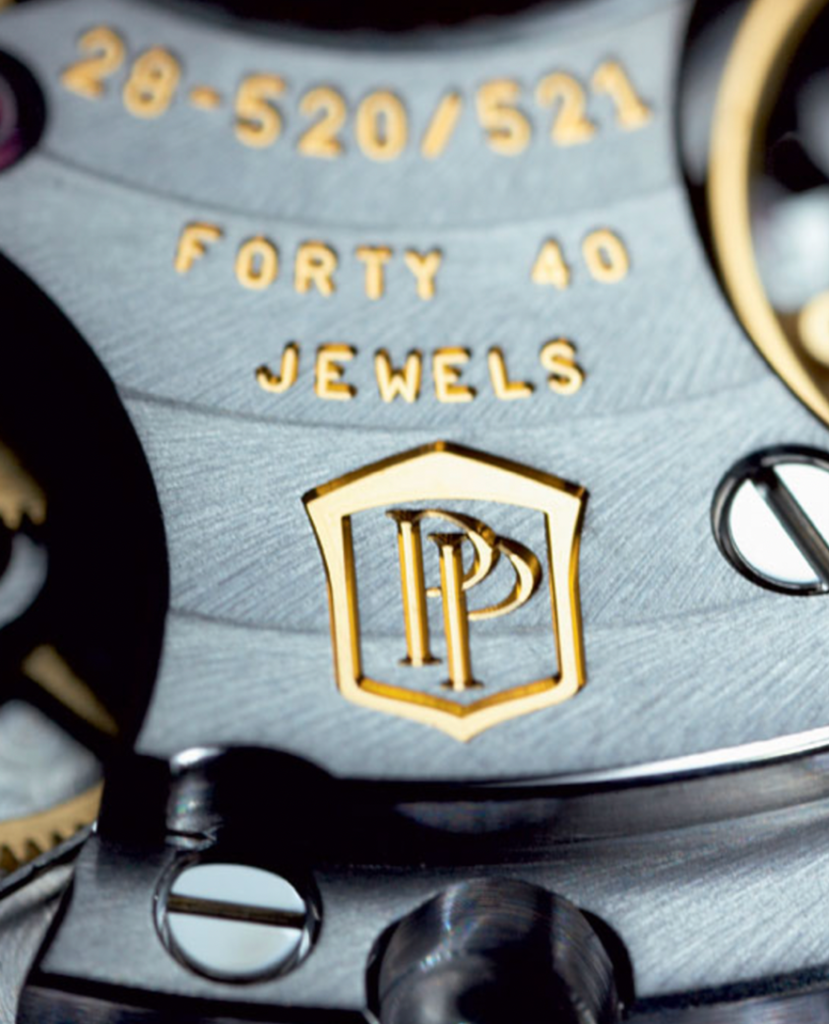
The organization would form an internal legislative body and governing body, serving as a separate institution to guarantee the strict compliance with its rules. Now, with every detail of the new hallmark finalized, along with a structure of oversight in place, the shockwave came in the spring of 2009. After working with the Republic of Geneva for 122 years, Patek Philippe would abandon the Geneva Seal, stating: “All of the manufacture’s mechanical movements will henceforth be embossed with the exclusive Patek Philippe Seal.”
This was a methodical, strategic, and even necessary separation when considering the diligence in producing a Patek Philippe timepiece. If you own one of their timepieces, this departure from the Geneva Seal should make you proud. The Patek Philippe Seal designed by the Genevan workshop is the watch industry’s most exclusive and stringent hallmark of quality. And is currently the common denominator of all past, present, and future creations to come from Patek Philippe. This is not a tale frequently told, but with all things in the world of Patek Philippe that exist quietly in the shadows, it projects a major influence on all that is seen in the light.
I should also mention that in August of that same year, the manufacture would also officially announce the transition of Presidency to Thierry Stern. The promise that this would remain a family run business was signaled by this decision as the 4th generation heir took over.
